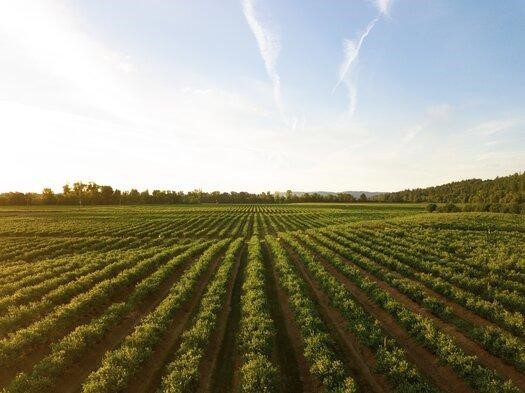By Megan Ng
Our food is not distributed equally despite the abundance and ability of our current food system to produce food. People of color are the most severely impacted by hunger, poor food access, and diet-related illness. Cheap, empty calories and convenient fast-food options dominate our current diet. This diet leaves many Americans undernourished and unhealthy (Food Justice, 2018). The consequences of this eating pattern are especially noticeable in low-income communities of color.
Nationally:
- The food insecurity rate for African American households is more than double that of white households (Hunger hits African American communities harder, n.d.)
- One in five Latinos is food insecure compared with one in ten whites and one in eight Americans overall (Latino hunger fact sheet, n.d.)
- Native Americans are 60 percent more likely to be obese than US whites (Chow et al., 2012)
- The rate of diagnosed diabetes is 77 percent higher among African Americans, 66 percent higher among Hispanics, and 18 percent higher among Asians than among whites (Chow et al., 2012)
Fighting for fair food systems includes more than just access to healthy food for all. The divide in food access and nutrition is largely tied to racial and economic roots. Food insecurity and diet-related disease rates are connected to poverty which disproportionately impacts people of color. Long histories of discriminatory policies have created deep inequalities present to this day. Many communities of color start with less wealth, property, and opportunity (Adelman, 2003).
To learn more about the history of injustices and other pressing issues in our food system and resources on how to eat more sustainably, visit FoodPrint!
How Can Your Family Help The Fight?
(Food and Social Justice in the United States, 2018)
- Vote with your wallet and push for policy change
- Purchase food from local sources, such as farmers’ markets
- Consider starting a home garden
- Reduce food waste by consciously shopping for food and using leftovers
- Reduce consumption of industrialized meats, which may contribute to environmental and health problems
- Donate unused food to food banks and shelters, following food safety guidelines.
- Shop Responsibly! Research socially and environmentally conscious companies and purchase from them when possible
- Volunteer your time or donate funds to local food banks or rescues
For inspiration and to learn more about organizations that are fighting food insecurity within their own communities, check out these initiatives:
Summary
Issues of social justice and our food system go hand in hand. Social justice in nutrition looks at access to healthy, nutritious, culturally appropriate food. Social justice also looks at ownership, control of land, credit, knowledge, technology, and other resources (Food Justice, 2018). It is important to acknowledge the labor of food production. What food traditions are valued, and how colonialism has affected the food system’s development (Food Justice, 2018). However, you and your family can take simple and practical actions to assist in breaking the systems of injustice one meal and grocery trip at a time.
References
- Adelman, L. (2003). RACE – The Power of an Illusion. PBS. Retrieved 20 April 2022, from https://www.pbs.org/race/000_About/002_04-background-03-02.htm.
- Chow, E., Foster, H., Gonzalez, V., & McIver, L. (2012). The Disparate Impact of Diabetes on Racial/Ethnic Minority Populations. Clinical Diabetes, 30(3), 130-133. https://doi.org/10.2337/diaclin.30.3.130
- Food and Social Justice in the United States. The Institute for the Psychology of Eating. (2018). Retrieved 20 April 2022, from https://psychologyofeating.com/food-and-social-justice-in-the-united-states/.
- Food Justice. FoodPrint. (2018). Retrieved 20 April 2022, from https://foodprint.org/issues/food-justice/.
- Fregni, J. (2018). Feeding Student Achievement by Fighting for Food Justice. Teach For America. Retrieved 20 April 2022, from https://www.teachforamerica.org/one-day/top-issues/feeding-student-achievement-by-fighting-for-food-justice.
- Hayes, C., & Carbone, E. (2015). Food Justice: What is it? Where has it been? Where is it going?. Journal Of Nutritional Disorders &Amp; Therapy, 05(04). https://doi.org/10.4172/2161-0509.1000179
- Hunger hits African American communities harder. Feeding America. Retrieved 20 April 2022, from https://www.feedingamerica.org/hunger-in-america/african-american.
- Latino hunger fact sheet. Feeding America. Retrieved 20 April 2022, from https://www.feedingamerica.org/assets/pdfs/fact-sheets/latino-hunger-fact-sheet.pdf.
Written by Megan Ng, an Undergraduate Student of Food Science and Human Nutrition at the University of Illinois at Urbana Champaign
Image by Dan Meyers from Unsplash















